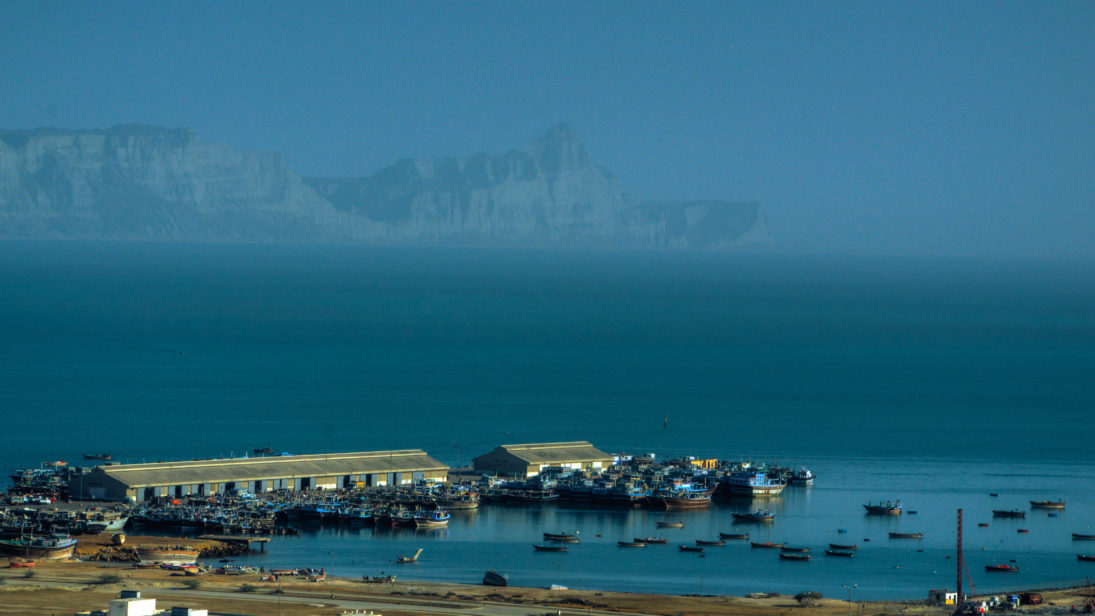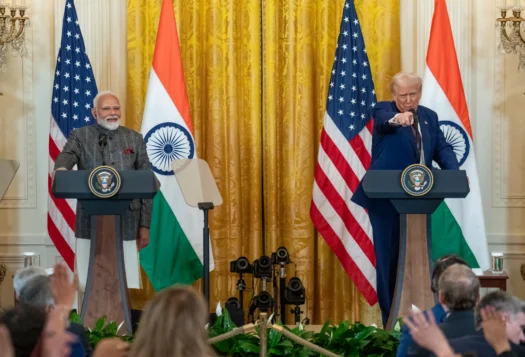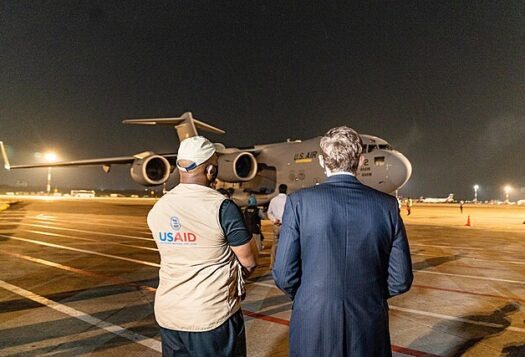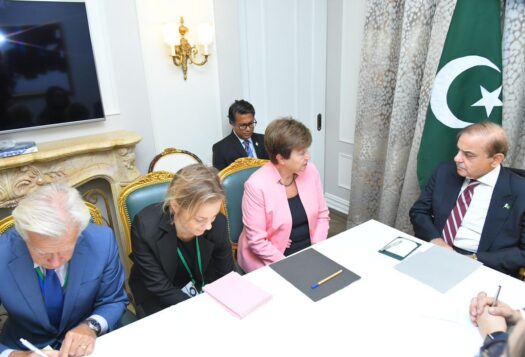
Since entering office, the Pakistan Tehreek-e-Insaaf (PTI) government has attempted to increase Foreign Direct Investment (FDI), especially in Pakistan’s tourism and agriculture sectors. The PTI aims to enhance FDI from USD $2.8 billion in Fiscal Year (FY) 2019-20 to USD $7.4 billion in FY 2022-23 under its multi-year foreign direct investment strategy. However, despite the government’s efforts to increase FDI, a recent report by the State Bank of Pakistan states that the country’s FDI has decreased by nearly 30 percent from USD $1.85 billion to USD $1.3 billion in the first eight months of FY 2020-21.
After the initiation of the China Pakistan Economic Corridor (CPEC) in 2013, China’s share in Pakistan’s FDI significantly increased, replacing the United States and the United Kingdom. However, in the first six months of FY 2021, the net FDI from China has also declined to USD $358.9 million from USD $395.8 million. Pakistan’s placement in the FATF (Financial Task Force) gray list coupled with stringent tax and interest rate policies deteriorate its foreign investment climate. Without modifying domestic economic policies to prevent a further decrease in FDI, Pakistan is bound to face long-term financial crises.
Challenges to Attracting Foreign Investment
Inconsistent economic growth rate and a balance of payment crisis, due to import-led growth, rising debt payments, and a poor taxation system, increase the country’s current account and fiscal deficits and lowers investor interest in Pakistan’s market. Domestic terrorism has also curtailed foreign investor confidence. Despite the fact that security conditions have improved in the last few years, Pakistan’s FDI has not experienced sufficient growth. The country’s terror financing and anti-money laundering laws are still not compliant with international standards. Pakistan has been on the FATF gray list intermittently resulting in a USD $38 billion economic loss and impacting investor confidence in Pakistan’s investment climate. Moreover, political instability and constant imbalance in civil-military relations further discourage foreign investors to invest in Pakistan. For instance, foreign investors often complain about the difficulty in obtaining security clearance from the Ministry of Interior and the inconsistencies in investment laws at federal, provincial, and local levels.
Despite the fact that security conditions have improved in the last few years, Pakistan’s FDI has not experienced sufficient growth.
According to the U.S. government’s Investment Climate Statements of 2020, Pakistan’s tax policies are also inconsistent and change depending on which sector is given a priority under each government. As maintained by World Bank’s Doing Business 2020 report, Pakistan requests advance tax payments from countries and asks countries to pay 34 different taxes while other South Asian countries request an average of 26.8. Additionally, Pakistan does not provide any formal investment incentives, such as tax deferrals and subsidized loans, for investors which further discourages foreign companies from seeking investment opportunities in Pakistan. Stringent regulations, lengthy dispute resolution procedures, and red-tapism all contribute to an erosion of investor trust.
The severe austerity measures taken under the IMF bailout program have further deteriorated the business environment in the country. The slashing of interest rates to around seven percent from 12.25 percent has made foreign investment less attractive. As the interest rates fall, “hot money”—capital that investors move between financial markets to profit from highest short-term interest rates—leaves the country because foreign investors transfer their funds to economies with higher returns.

Although Pakistan has failed to sufficiently utilize its geostrategic location and trade routes, foreign investors, such as China and the United States, have profited from Pakistan’s unique geographical traits. However, such FDI often comes up with strings attached; Pakistan is expected to fulfill the geopolitical interests of its investors. For example, in return for billions in military aid, Pakistan pursued the United States’ geopolitical interests in the region in the mid-2000s.
Addressing Challenges to Pakistan’s Investment Climate
In order to attract FDI, Pakistan will need to come out of the FATF gray list by complying with international standards against money laundering and terror financing and working aggressively to fulfill the remaining action points assigned by the Task Force. Additionally, to build investor confidence, Pakistan needs to ensure that there is a consistent tax policy, an efficient tax system, and a stable political environment. Tax policies, specifically, should be more consistent from one government to another. Instead of placing more pressure on the salaried class in the form of increased income and sales taxes, the wealthy need to be brought under the tax net. Additionally, the agricultural sector of Pakistan, the least taxed sector of the economy despite its significant contribution to the country’s economy, should be taxed proportionally.
Educating and training working-age populations to participate in the manufacturing sectors can also attract FDI. To do this, Pakistan will need to recalibrate its budgetary priorities—instead of funneling mass amounts of money to the defense section, education and research opportunities should be sufficiently funded and promoted to support FDI opportunities in the future.
Pakistan also needs to diversify and expand its foreign investment partnerships beyond China, the United States, Saudi Arabia, the United Kingdom, and the United Arab Emirates, by actively engaging in diplomatic efforts that could open up new avenues for FDI.
Importantly, Pakistan also needs to diversify and expand its foreign investment partnerships beyond China, the United States, Saudi Arabia, the United Kingdom, and the United Arab Emirates, by actively engaging in diplomatic efforts that could open up new avenues for FDI. Pakistan could increase economic diplomacy efforts with East Asian and emerging African economies, and market itself as a potential economic hub in South Asia. Fortunately, Pakistan has already started actively engaging with Central Asian countries to enhance trade and connectivity in the region.
Conclusion
As Pakistan faces a balance of payments problem every few years, its exports and remittances have not experienced a sufficient increase. COVID-19 has slowed down global economic growth, severely impacting even the largest economies of the world hence making it more difficult to attract foreign investment in the years to come. Although Pakistan has moved up 28 places on the World Bank’s Doing Business 2020 rankings—from 136 to 108 out of 190 countries—it still has several obstacles to overcome. To attract more investment, Pakistan will need to provide substantial incentives to foreign investors, enhance its economic diplomacy efforts, effectively promote its improved law and order situation, ensure consistency in tax and other investment-related policies, and generally ease its stringent investment conditions in order to attract foreign investment in the country. Pakistan’s new geoeconomic focus can only be achieved once domestic barriers to FDI are removed.
***
Click here to read this article in Urdu.
Image 1: umairadeeb via Flickr
Image 2: Government of Pakistan via Twitter


